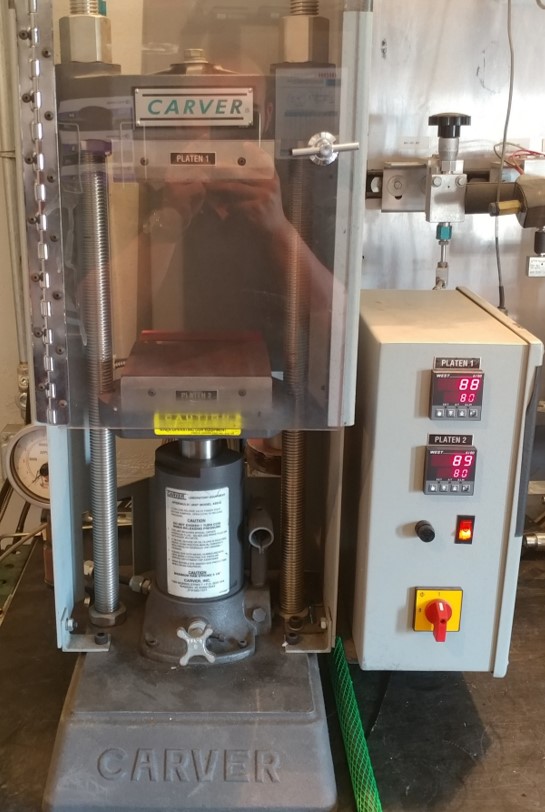

The disasters looked calm during the interviews, but their physiology, measured by the electrodes, told a different story. When the researchers analyzed the data they gathered on the couples, they saw clear differences between the masters and disasters. The disasters had either broken up or were chronically unhappy in their marriages. The masters were still happily together after six years. Then the researchers sent the couples home and followed up with them six years later to see if they were still together.įrom the data they gathered, Gottman separated the couples into two major groups: the masters and the disasters. As they spoke, the electrodes measured the subjects’ blood flow, heart rates, and how much sweat they produced. With a team of researchers, they hooked the couples up to electrodes and asked the couples to speak about their relationship, including details such as how they met, a major conflict they were facing together, and a positive memory they had. Gottman and Levenson brought newlyweds into the lab and watched them interact with each other. John Gottman began gathering his most crucial findings in 1986, when he set up the “Love Lab” with his colleague Robert Levenson at the University of Washington. Together, the renowned experts on marital stability run the Gottman Institute, which is devoted to helping couples build and maintain loving, healthy relationships based on scientific studies. I recently had the chance to interview Gottman and his wife, Julie, also a psychologist, in New York City. For the past four decades, he has studied thousands of couples in a quest to figure out what makes relationships work. The psychologist John Gottman was one of those researchers. Was each unhappy family unhappy in its own way, as Tolstoy claimed, or did the miserable marriages all share something toxic in common? Worried about the impact these divorces would have on the children of the broken marriages, psychologists decided to cast their scientific net on couples, bringing them into the lab to observe them and determine what the ingredients of a healthy, lasting relationship were. Social scientists first started studying marriages by observing them in action in the 1970s in response to a crisis: Married couples were divorcing at unprecedented rates.

Of all the people who get married, only three in 10 marriages remain healthy and happy, as the psychologist Ty Tashiro points out in his book The Science of Happily Ever After, which was published earlier this year.

The majority of marriages fail, either ending in divorce and separation or devolving into bitterness and dysfunction.
#Lab master 130 full#
Every day in June, the most popular wedding month of the year, about 13,000 American couples will say “I do,” committing to a lifelong relationship that will be full of friendship, joy, and love that will carry them forward to their final days on this earth.Įxcept, of course, it doesn’t work out that way for most people.


 0 kommentar(er)
0 kommentar(er)
